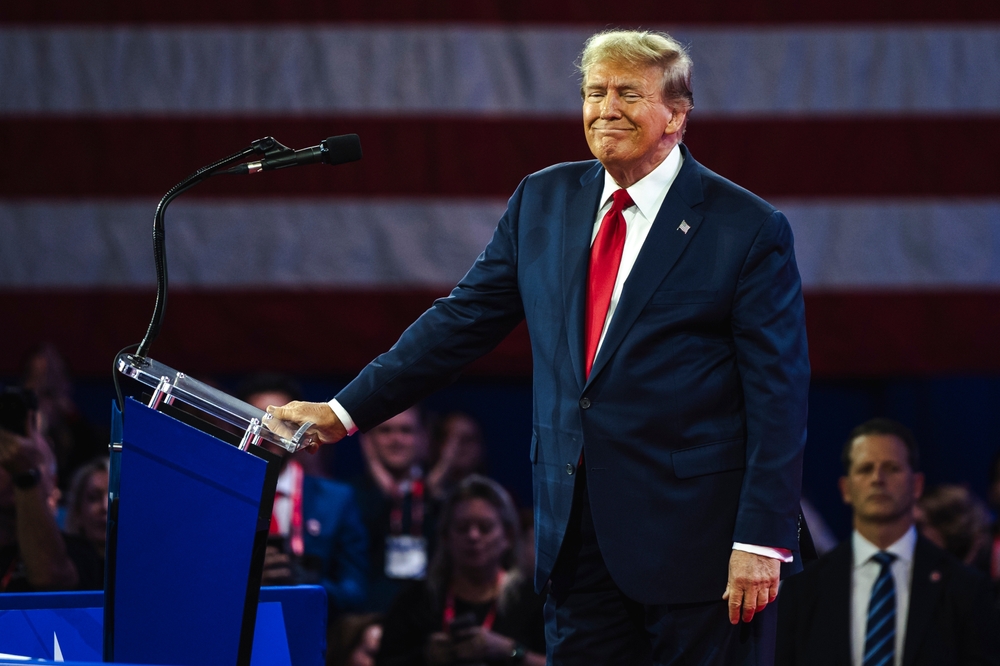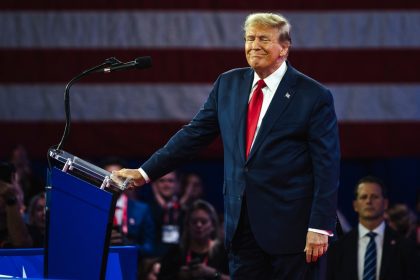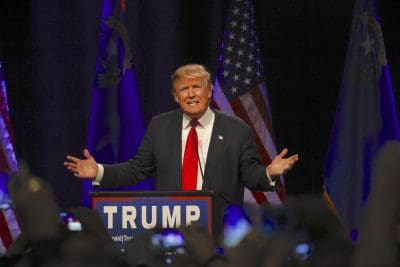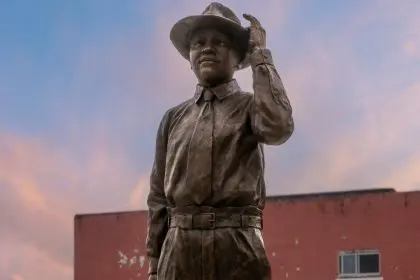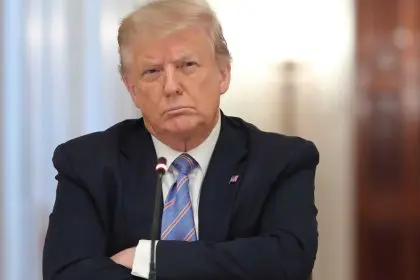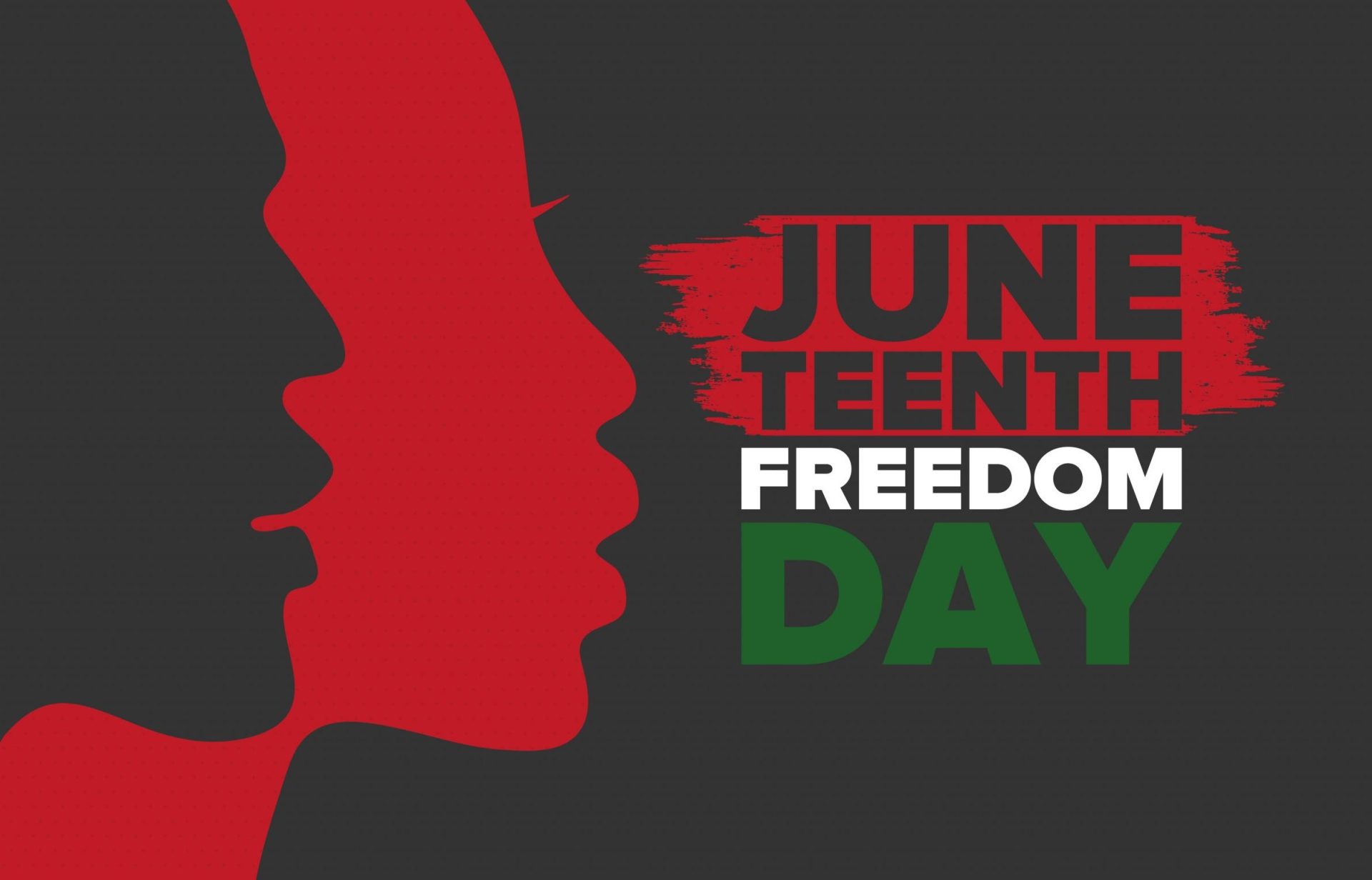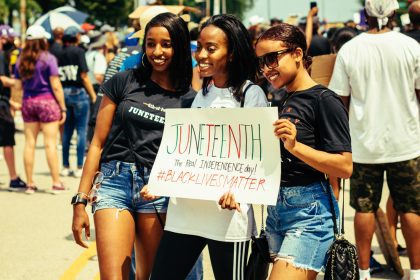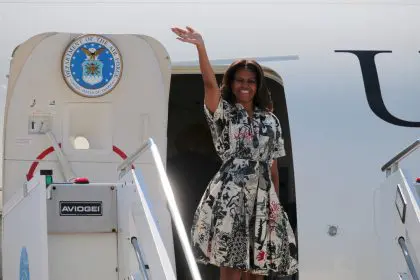Presidents Day stands as one of America’s most significant federal holidays, evolving from a singular celebration of George Washington to a broader commemoration of presidential leadership. This transformation reflects changing cultural values and administrative needs spanning nearly two centuries of American history. The holiday’s development parallels the growth of federal institutions and the changing nature of American civic engagement.
Origins in colonial timekeeping
The holiday’s roots trace back to complex calendar adjustments in colonial America. Washington’s recorded birth date shifted from February 11, 1731, to February 22, 1732, due to the transition from the Julian to the Gregorian calendar. This change aligned American timekeeping with the solar year, establishing the modern date recognition. The adjustment affected not only Washington’s birthday but numerous other colonial records, requiring extensive documentation updates throughout the colonies.
The initial celebrations began during Washington’s presidency, with Americans commemorating his birthday as a sign of national gratitude and unity. These early observances featured social gatherings, formal assemblies, and public readings of his speeches. The tradition gained particular significance after Washington’s death in 1799, as communities sought ways to honor his legacy and contributions to the nation’s founding.
Congressional recognition and formalization
The path to federal recognition culminated in 1879 when Congress officially designated Washington’s birthday as a legal holiday. This acknowledgment expanded in 1885 to include paid time off for federal employees, marking a significant step in the holiday’s institutionalization. The legislation represented the first time Congress recognized an American citizen’s birthday as a national holiday.
The Senate established a lasting tradition of reading Washington’s farewell address during the holiday period, beginning with the 130th anniversary of his birth. This practice continues today, preserving a direct connection to the holiday’s historical foundations. The annual reading serves as a reminder of Washington’s principles of national unity and warnings against excessive partisanship.
Modern holiday transformation
The most substantial change occurred in 1971 when Congress repositioned the holiday to the third Monday of February through the Uniform Monday Holiday Act. This adjustment served multiple purposes, creating consistent three-day weekends for federal employees while maintaining proximity to both Washington’s and Lincoln’s birthdays. The act affected multiple federal holidays, standardizing their observance on Mondays to reduce workplace disruption.
The shift also aligned with broader efforts to standardize federal holidays, improving workplace efficiency and reducing midweek disruptions. This change reflected modern administrative needs while preserving the holiday’s commemorative significance. The move sparked discussions about including recognition for additional presidents, particularly Abraham Lincoln, whose February 12 birthday had long been celebrated in many states.
Historical preservation initiatives
Federal institutions maintain extensive collections related to presidential history, ensuring future generations can connect with the holiday’s origins. The National Archives preserves crucial documents from each administration, while presidential libraries provide detailed insights into individual leaders’ contributions.
These preservation efforts extend beyond documents to include physical locations associated with presidential history. Historic sites, from Mount Vernon to presidential birthplaces, offer tangible connections to the leaders honored by the holiday. Conservation programs ensure these locations remain accessible for educational and commemorative purposes.
Contemporary observance patterns
The holiday now creates a distinct pattern of public and private sector operations. Federal offices, financial institutions, and educational facilities typically close, while retail establishments remain open, often featuring promotional sales events. This split reflects the holiday’s dual nature in modern American society.
State and local governments maintain varying approaches to the holiday’s observance. Some focus specifically on Washington, others include Lincoln, and many embrace a broader celebration of presidential leadership. These differences demonstrate the holiday’s adaptability to regional preferences and historical connections.
Educational and cultural impact
Modern President’s Day celebrations extend beyond retail opportunities to include educational initiatives and cultural programs. Schools often incorporate presidential history lessons and civic education activities in the days surrounding the holiday. These programs help students understand the evolution of presidential leadership and its impact on American society.
Museums, historical sites, and cultural institutions frequently organize special exhibitions and events highlighting presidential leadership and American governance. These programs help maintain the holiday’s educational value while adapting to contemporary interests. Digital resources and virtual programs expand access to presidential history materials.
Community engagement opportunities
Local communities develop unique traditions around Presidents Day, from historical reenactments to civic forums. These activities strengthen community bonds while promoting engagement with American history. Municipal organizations often coordinate with historical societies to create meaningful observances.
Volunteer organizations use the holiday to promote civic engagement and community service, reflecting the spirit of presidential leadership. These initiatives demonstrate how the holiday continues to inspire active citizenship and community involvement.
Legacy preservation efforts
Various organizations work to preserve the original spirit of Presidents Day through historical reenactments, documentary presentations, and public discussions about presidential leadership. These initiatives help connect modern Americans with their national heritage. Professional historians and educational institutions contribute research and programming that deepens public understanding.
The National Archives and presidential libraries play crucial roles in maintaining and sharing presidential documents and artifacts, providing tangible connections to the leaders honored by the holiday. These institutions ensure continued access to primary historical sources and support scholarly research into presidential history.
Future of presidential commemoration
The holiday continues evolving as Americans find new ways to recognize presidential leadership and national history. Digital platforms and social media enable broader participation in presidential history discussions and celebrations. Virtual reality and interactive technologies create new opportunities for historical engagement.
Contemporary observances increasingly incorporate diverse perspectives on presidential leadership and American history, enriching understanding of the nation’s past and future. This evolution ensures the holiday remains relevant for future generations while honoring its historical foundations. The ongoing development of commemorative practices reflects changing social values and technological capabilities.

